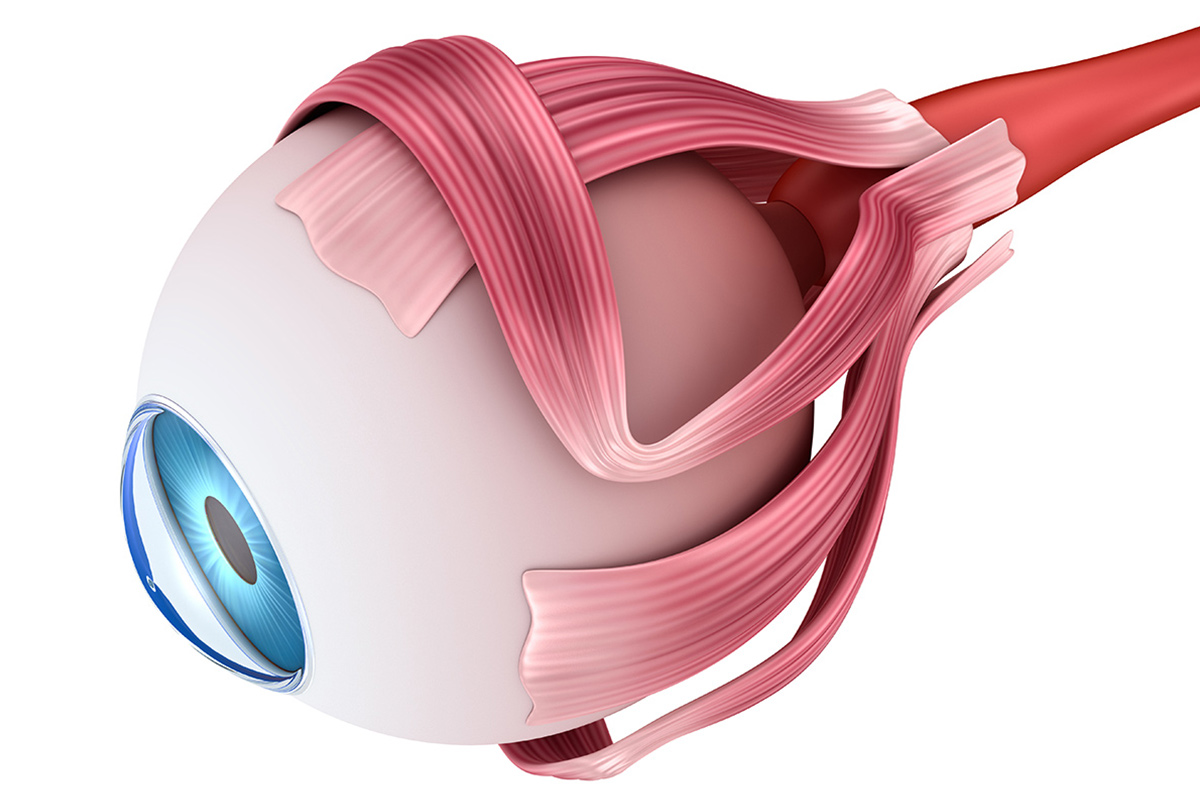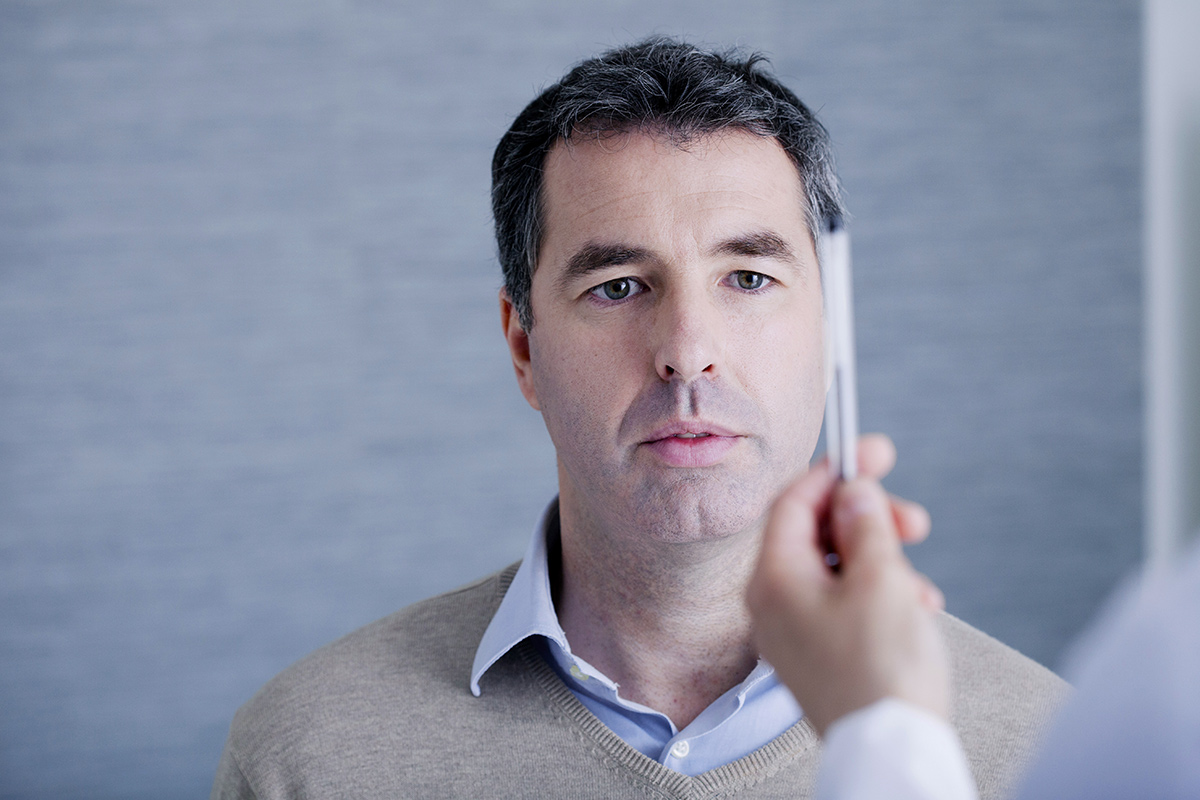Strabismus is a condition in which one or both eyes fail to properly align with the middle line and the parallelism is lost between the optical axes of the eyes during movement. It results from a decrease or increase in the strength of one or several of the six muscles, which are present in each eye and are responsible for eye movements. Although strabismus is most of the time of a congenital nature, the acquired cross-eye may also occur in any direction. Roughly, one out of every twenty children has strabismus.
While strabismus is generally noticed by the family and the teachers during the babyhood and childhood, the patients at later ages may have complaints like impaired vision, blurred vision, double vision, light sensitivity, pain, headache, watering and difficulty in positioning the head. Furthermore, there is the condition known as pseudostrabismus in which the false appearance of crossed eyes is present in an individual depending on the anatomy of the eyelids and nasal bridge.
The strabismus patients may have family history, and the uncorrected high hypermetropia, birth traumas, congenital or acquired lens and retina pathologies (retinopathy of the prematurity, congenital cataract, macular scar, etc.) may coexist with strabismus. Further, the conditions in which the ocular muscles are directly affected (orbital trauma-infection, thyroid disease or tumor-related masses, etc.) as well as any brain disease that causes damage to the nerves stimulating these muscles (head traumas, diabetes, brain aneurysms and tumors, etc.) may result in strabismus.
It is essential to obtain a comprehensive history from the patient or his/her family and conduct a thorough ophthalmologic examination in order to diagnose strabismus. Moreover some tests and examinations specific to the eyes, orbita and brain might be necessary to identify the possible causes. The treatment is shaped according to the cause. The treatment is performed in a wide array of options ranging from the methods of optical correction like the use of glasses, contact lenses, prismatic glass, etc. to drug injections targeted at the ocular muscles and the surgical corrections and the medical and surgical correction of the secondary pathologies causing strabismus.
ASSOC. PROF. M. NECATİ DEMİR



CONTACT
TELEPHONE: 0 312 285 85 60 | PHONE: 0 553 097 58 18
[email protected]
